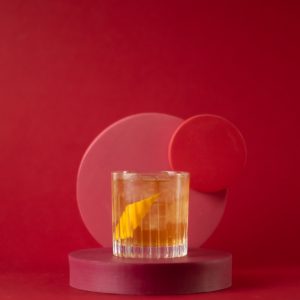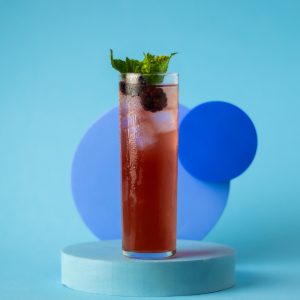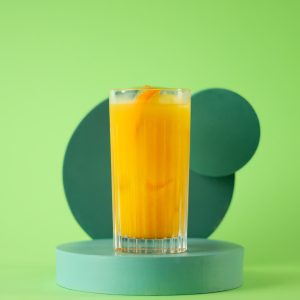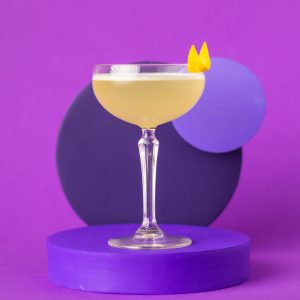Elevate your evening with this straightforward Gin and Tonic recipe! Crafted with quality gin, crisp tonic water, and a splash of lime, this classic cocktail is your ticket to a refreshing night.
Prep time:
1 minute minute
Mixing time:
1 minute minute
Servings:
1
Calories:
171
Ingredients
- 2 oz Gin
- 4 oz tonic water
- Ice cubes
- Lime wedge - for garnish, optional
Equipment
- Highball Glass
- Measuring Jigger
- Stirrer or Bar Spoon
Instructions
- Prep Glass: Fill your highball glass with ice cubes.
- Add Gin: Pour 2 oz Gin over the ice.
- Add Tonic: Add 4 oz tonic water to the glass.
- Stir Gently: Use a bar spoon to stir the ingredients gently.
- Garnish: Squeeze a lime wedge into the glass for garnish.
Notes
Substitutes:
- Gin: Vodka makes a decent substitute if you're out of Gin. It won't have the same botanical notes, but it'll do the job. I've also used tequila for a more adventurous twist; it pairs surprisingly well with tonic.
- Tonic Water: Club soda can replace tonic water in a pinch. It won't have the quinine flavor that tonic water has, but it's still refreshing. Add a splash of lemon or lime juice to compensate for the missing bitterness.
Making a Pitcher:
- Scale: To make a pitcher that serves 8, multiply all the ingredients by 8. That would be 16 oz of Gin and 32 oz of tonic water.
- Mix: In a large pitcher, combine the gin and tonic water. Stir well.
- Serve: Pour the mixture into ice-filled highball glasses, garnish with a lime wedge, and serve immediately.
Making it Non-Alcoholic:
- Gin Substitute: Use a non-alcoholic gin substitute; these reasonably mimic Gin's botanicals.
- Tonic Water: Stick with regular tonic water; it's already non-alcoholic.
- Proceed As Usual: Use these non-alcoholic substitutes instead of the regular ingredients, follow the original steps, and enjoy a non-alcoholic version.
Making it Vegan:
- Gin: Most gins are already vegan, but it's always good to check the brand to make sure no animal products are used in the distillation process.
- Tonic Water: Again, most tonic waters are vegan, but double-check the label to be sure.
- Lime: Naturally vegan, so no worries there!
What is a Gin and Tonic?
A Gin and Tonic is a cocktail featuring Gin, tonic water, and often a slice of lime or lemon. It’s a drink that has stood the test of time and is popular for its refreshing taste and simple ingredients. While the drink has its roots in British colonial history, today, it’s enjoyed worldwide.
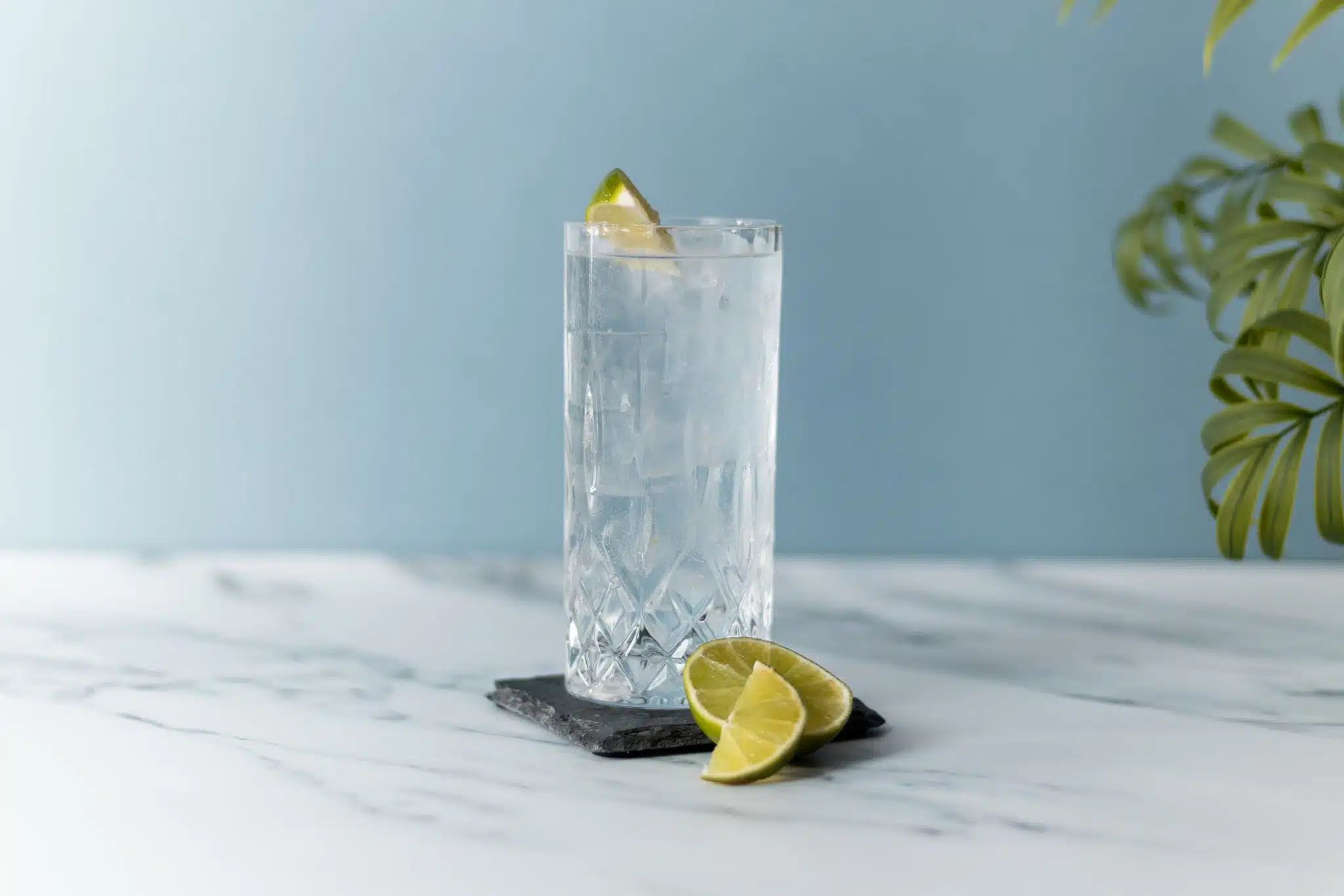
What is a Gin and Tonic made of – The ingredients
Prepare these ingredients to make your Gin and Tonic:
- Gin: Provides the botanical backbone of the cocktail.
- Tonic Water: Adds effervescence and a bitter counterpoint to the Gin.
- Lime or Lemon Wedge: Offers a citrusy note, enhancing the drink’s refreshing quality.















